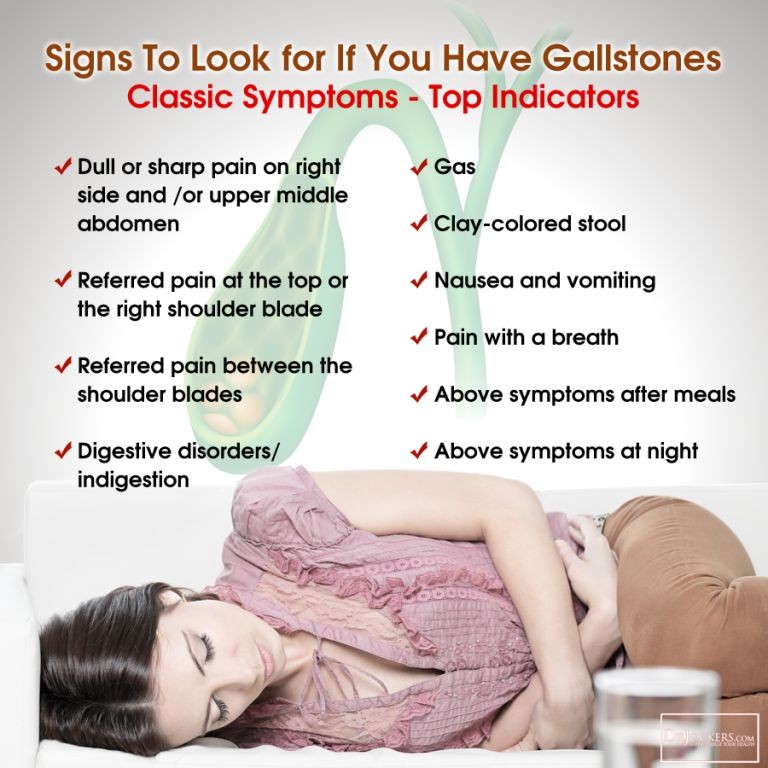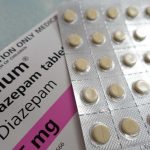
Contents
- 1 Gallbladder Pain (Gall Bladder Pain)
- 1.0.1 What is biliary colic?
- 1.0.2 What causes gallbladder pain?
- 1.0.3 What are the other symptoms of gallbladder pain?
- 1.0.4 How do doctors diagnose gallbladder pain?
- 1.0.5 What is the treatment for gallbladder pain?
- 1.0.6 What are home remedies for gallbladder pain relief?
- 1.0.7 What are the complications of gallbladder pain?
Gallbladder Pain (Gall Bladder Pain)
Gallbladder pain describes pain caused by gallbladder disease. The main causes of gallbladder pain are biliary colic, cholecystitis, gallstones, pancreatitis, and ascending cholangitis. Symptoms vary and can be triggered by certain foods, especially fatty foods. The pain may be intermittent, constant, abdominal, radiating to the back, or mild to severe depending on the underlying cause.
Understanding the anatomy and function of the gallbladder can help explain gallbladder pain. The gallbladder is connected to the liver through ducts that supply bile for storage. These ducts form the common hepatic duct, which joins with the cystic duct from the gallbladder to form the common bile duct, emptying into the GI tract (duodenum). Additionally, the pancreatic duct usually merges with the common bile duct before entering the duodenum. Hormones trigger the gallbladder to release bile when fat and amino acids reach the duodenum after eating, aiding in digestion. Statistics suggest that women may have a higher incidence of gallstones than men.
What is biliary colic?
Biliary colic refers to pain caused by the contraction of the gallbladder when the cystic duct is partially or completely blocked by a gallstone. The symptoms are described below.
What causes gallbladder pain?
The major causes of gallbladder pain are biliary colic, cholecystitis, gallstones, pancreatitis, and ascending cholangitis. Pain originates from gallstone blockage or inflammation, leading to pressure and inadequate blood supply in the adjacent tissues.
Gallstones usually form in the gallbladder but can form in any of the ducts. When the gallbladder contracts, bile normally flows through the bile ducts into the GI tract. However, gallstones or gallstone sludge can cause partial or complete blockage of the ducts, applying pressure on surrounding tissue and potentially causing local ischemia.
Other factors such as trauma can also cause gallbladder pain. Infection of the biliary ducts and the gallbladder, usually resulting from gallstone obstruction, can also cause pain.
What are the other symptoms of gallbladder pain?
Gallbladder pain can vary depending on the cause. Some people with gallstones may never experience pain. However, specific variations in gallbladder pain can aid in diagnosis.
- Biliary colic (intermittent duct blockage): Sudden, rapidly increasing pain (ache or pressure) in the right upper abdomen or epigastric area. Some people may also experience pain radiating to the right shoulder, back pain in the tip of the scapula, nausea, and vomiting. The pain usually subsides within 1 to 5 hours, although a mild ache may persist for about a day.
- Cholecystitis (inflammation of the gallbladder tissue due to duct blockage): Severe, steady pain in the upper-right abdomen that may radiate to the right shoulder or back. Additional symptoms include abdominal tenderness, sweating, nausea, vomiting, fever, chills, and bloating. Discomfort lasts longer than with biliary colic.
- Acalculous cholecystitis (no gallstones): Similar symptoms to cholecystitis but occurs as a complication of other problems such as trauma or burns. Patients experience severe symptoms and appear very ill.
- Pancreatitis: Gallstones from the gallbladder can block the pancreatic duct, causing inflammation of the pancreas. Symptoms include upper abdominal pain that may radiate to the back, tender abdomen, increased pain after eating, nausea, and vomiting.
- Ascending cholangitis: (also known as cholangitis or infection of the biliary system) causes symptoms like fever, abdominal pain, jaundice, and even low blood pressure and confusion. It is a medical emergency.
How do doctors diagnose gallbladder pain?
The medical history and physical exam aid in establishing a presumptive diagnosis. Murphy’s sign (pain or temporary respiratory arrest on deep right subcostal palpation) is over 95% specific for acute cholecystitis.
- A few laboratory blood tests, such as liver function tests, lipase, amylase, complete blood count (CBC), and an abdominal X-ray, are performed to determine the exact problem causing the pain.
- Ultrasound can detect gallstones and inflammation of the gallbladder wall. CT scans may provide more information about other organs in the area.
- A HIDA scan evaluates gallbladder emptying, while an ERCP test places a dye in the pancreas, gallbladder, and liver ducts using an endoscope.
- Magnetic resonance imaging (MRI) is sometimes used to detail organ structures. Other tests may also be considered.
The results help pinpoint the problem and establish a diagnosis.
What is the treatment for gallbladder pain?
If you have no gallbladder pain (even with gallstones), no treatment is necessary. Some patients who have had one or two gallstone attacks may choose to avoid treatment. Acute gallstone attack pain is often treated with morphine.
Medical treatments include:
- Oral bile salt therapy
- Ursodiol (Actigall, for example)
- Dissolution
- Lithotripsy (shock waves)
The definitive treatment is gallbladder removal surgery, often performed laparoscopically using small incisions in the abdomen. However, some patients may require more extensive surgery. Most people recover well after gallbladder removal unless an underlying cause mimics gallbladder pain, such as biliary dyskinesia (a motility disorder of the sphincter of Oddi).
Treatment for pregnant women is similar to treatment for non-pregnant women, although pregnant women are more likely to develop cholesterol gallstones. Acute cholecystitis is the second most common surgical emergency in pregnancy, with appendicitis being the first.
What are home remedies for gallbladder pain relief?
Home remedies, such as peppermint, alfalfa, and apple cider vinegar, may provide relief, but it’s important to check with your doctor before using these remedies.
Other home remedies for gallbladder pain relief include:
- Following a low-fat diet may reduce the frequency of biliary colic but has not been shown to dissolve gallstones.
- Coffee and regular exercise may reduce the incidence of gallstone disease and associated gallbladder pain.
- Some healthcare professionals recommend decreasing dairy and grains in the diet after gallbladder removal, although individuals should discuss such changes with their doctor.
What are the complications of gallbladder pain?
Complications of gallbladder pain include discomfort with eating, poor food intake, weight loss, electrolyte abnormalities, consumption of pain medications, and disruption of daily activities.
Other complications of gallbladder disease include bile duct blockage, serious infections (empyema and gangrene of the gallbladder), pancreatitis, peritonitis, and rarely, gallbladder cancer.


